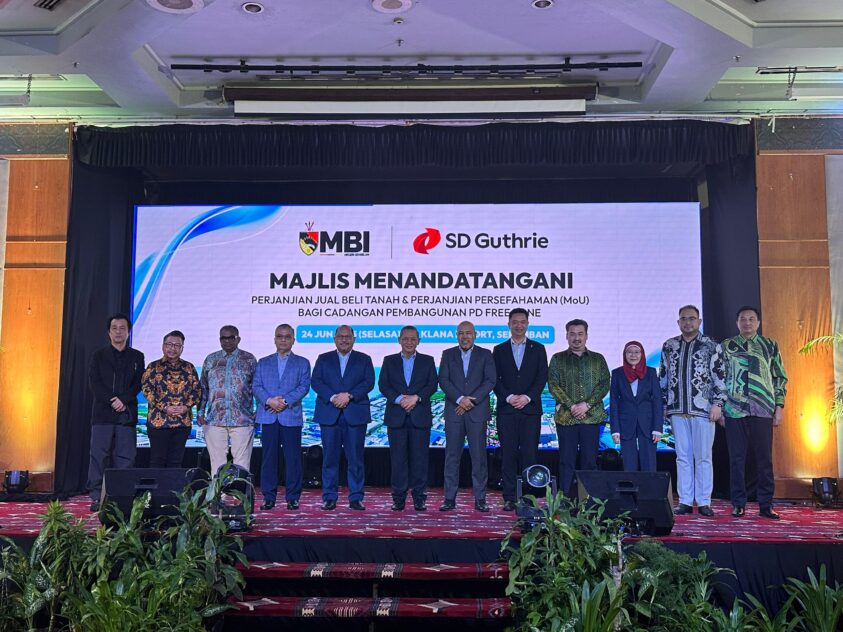THE National Security Council recently announced that all only individuals who are categorised as ‘low risk’ in the MySejahtera app will be allowed into shopping, health and judicial premises.
The new entry procedure saw the ‘gatekeepers’ at the premises first requesting to see the risk status of the shoppers from the home screen of the MySejahtera app before allowing shoppers to scan the QR code at the entrance.
To provide clarity, the Health Ministry shared that individuals categorised as ‘low risk’ and ‘casual contact (with no symptoms)’ under the MySejahtera app are allowed entry.
However, those who are listed as ‘casual contact (with symptoms)’, ‘close contact’, ‘Persons Under Surveillance (PUS)’, ‘suspected cases’ and ‘confirmed cases’ for COVID-19 will be barred.
But here is where things get a little messy and not to mention, confusing: What about the people without smartphones – and thus, no MySejahtera app – who are still manually checking in by writing down their details in a logbook?
How would the ‘gatekeepers’ and the mall management team even know if the individual is ‘high risk’ or otherwise? More importantly, how would they be assessed, and would they be automatically barred from entering the premises.
Make no mistake, Senior Minister (Security) Datuk Seri Ismail Sabri Yaakob had previously announcing – countless times, actually – that people will no longer be allowed to enter premises by writing their details down in a book.
But despite the announcement, logbooks containing personal details are still a common sight in many premises in the Klang Valley. After all, not everybody owns a smartphone, while others who may have a smartphone may not have internet access. What of these people, then?
To make things worse, these logbooks are filled with often-illegible handwriting and incomplete information, making contact tracing efforts a nightmare.
With the number of daily COVID-19 cases witnessing a steady rise in the past few weeks, it is only reasonable that the authorities provide more clarity and iron out the details on the latest round of standard operating procedures (SOPs) to avoid any confusion or misinformation.
Peoples’ lives are at stake here, and we don’t want another wave of infections on our hands. – May 21, 2021









